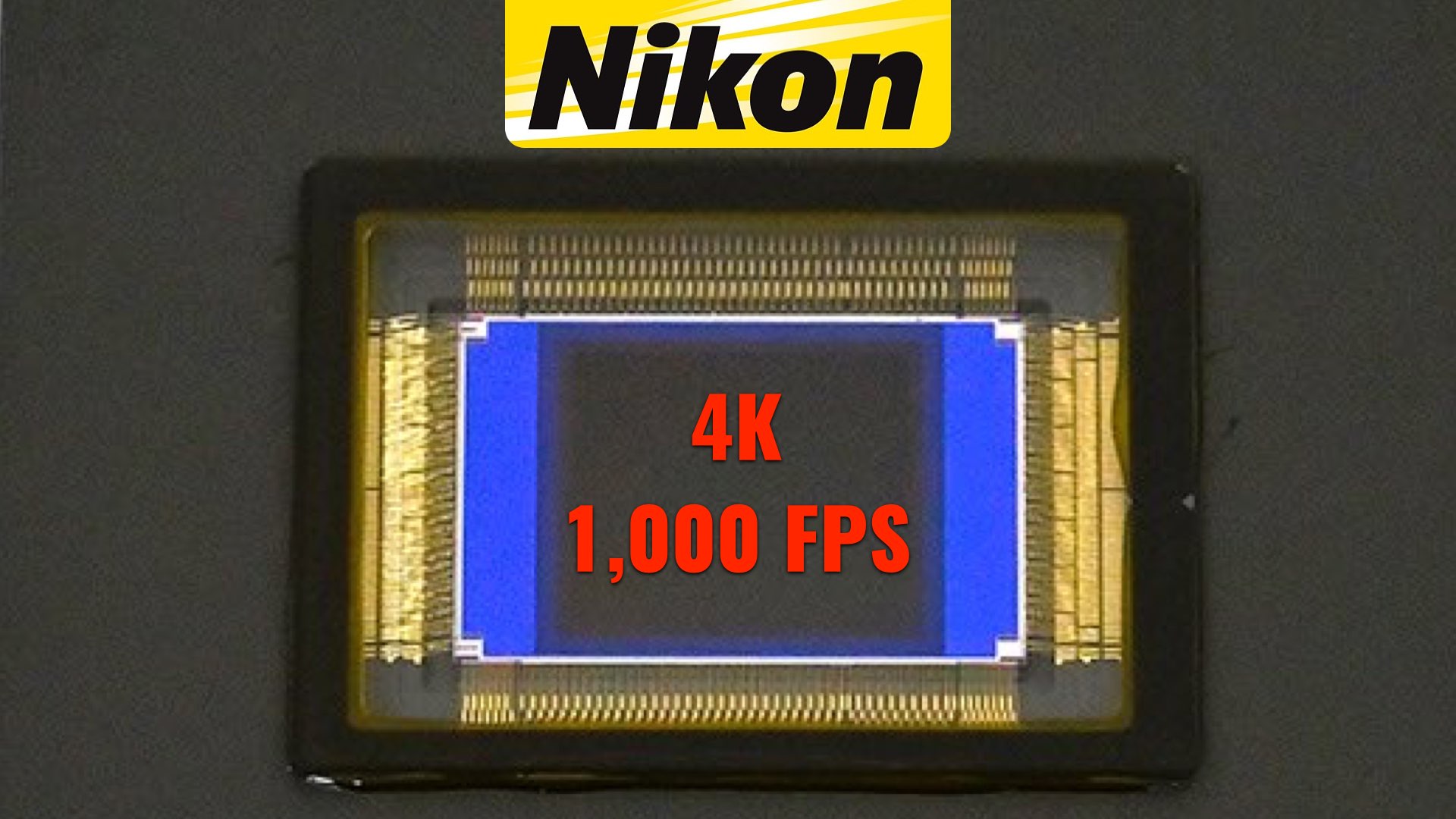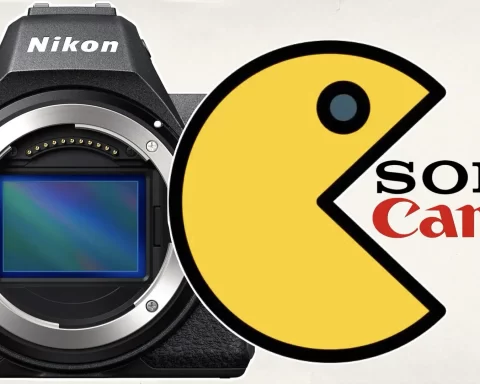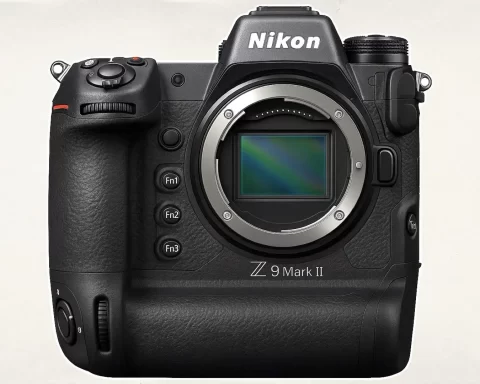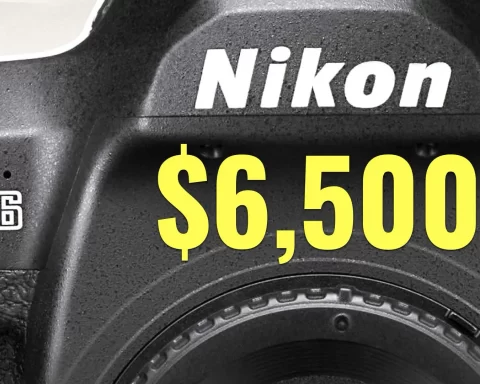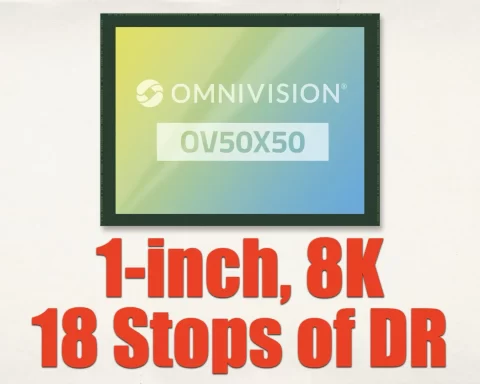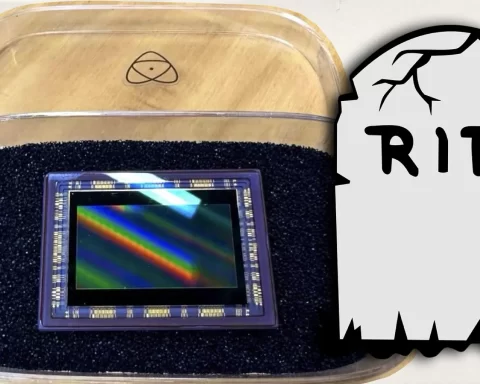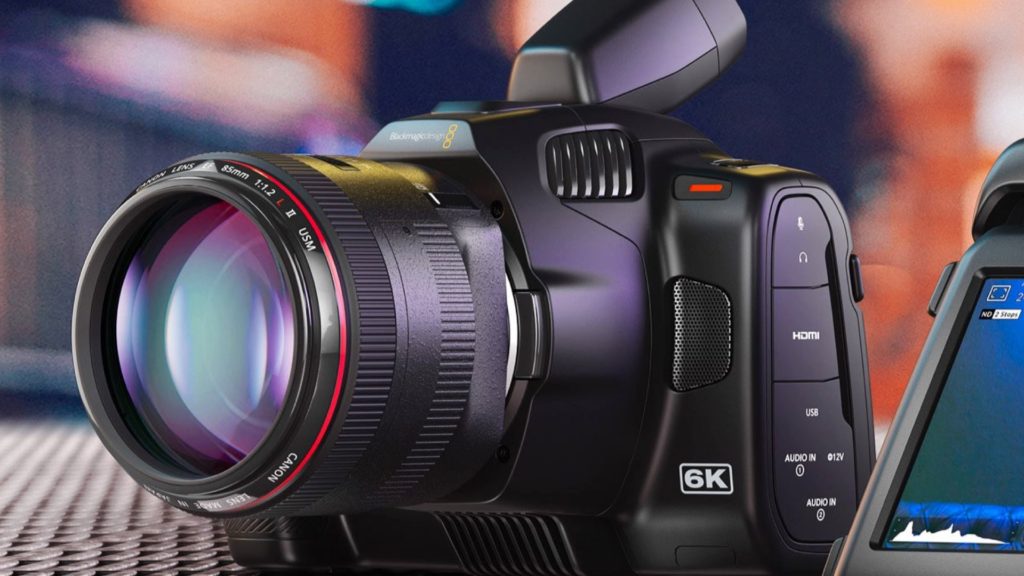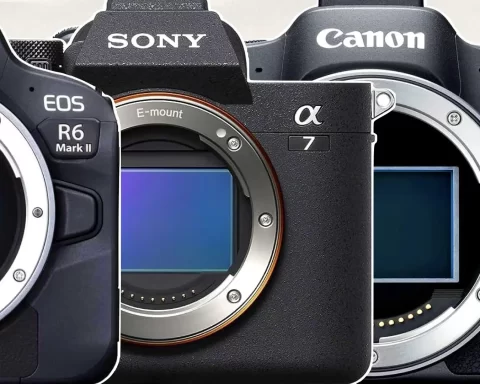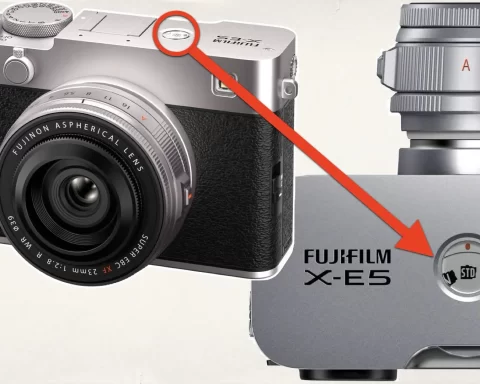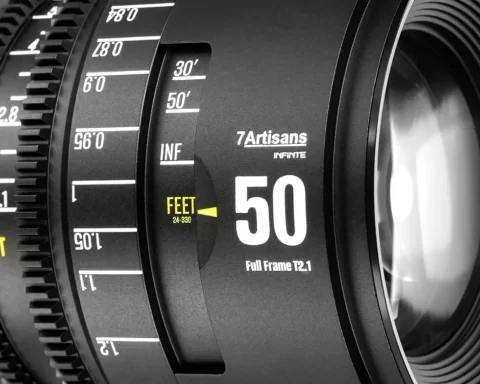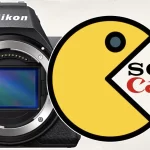At the International Solid-State Circuits Conference in San Francisco, Nikon has announced a new stacked CMOS image sensor that is capable of shooting 4K at 1000 FPS (Frame Per Second). The size of the sensor is 1-inch which also owns impressive HDR capabilities (110 dB at 1000 fps, 134 dB at 60 fps). Read the announcement below. Also, what does it mean to Nikon’s mirrorless flagships?
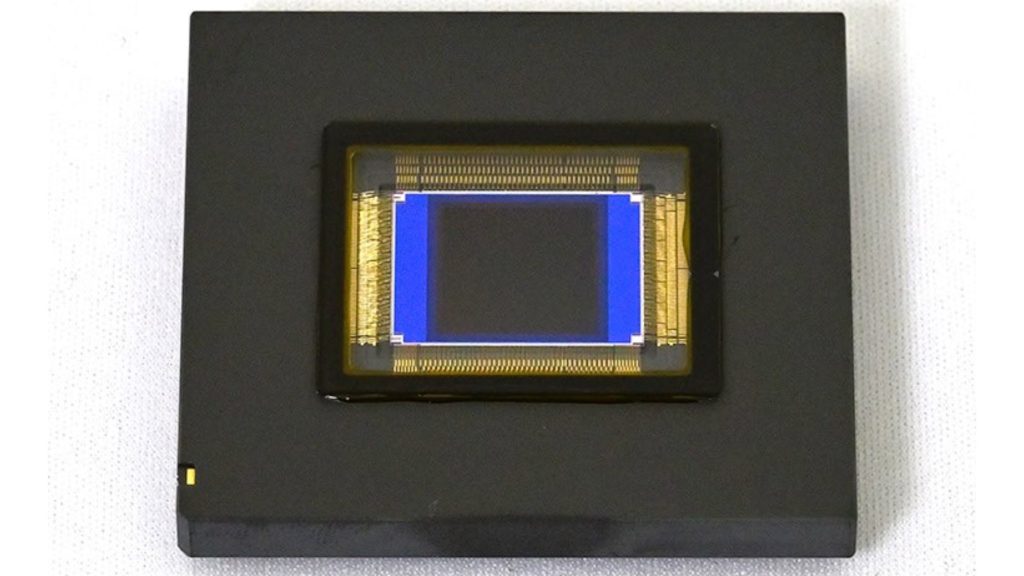
1-inch CMOS sensor, 4K and 1,000 FPS
According to the press release (currently in Japanese), Nikon has developed a stacked CMOS image sensor with a total pixel count of approximately 17.84 million pixels that deliver high-resolution imaging with 1000 frames per second, HDR characteristics of 110 dB, and 4K x 4K resolution. This new sensor was announced at the ISSCC (International Solid-State Circuits Conference) held in San Francisco, the USA on February 15, 2021. As stated by Nikon, the company is “Engaged in research and development of cutting-edge image sensors, which are the core of video technology, based on optical technology, precision measurement/processing technology, and material technology”.
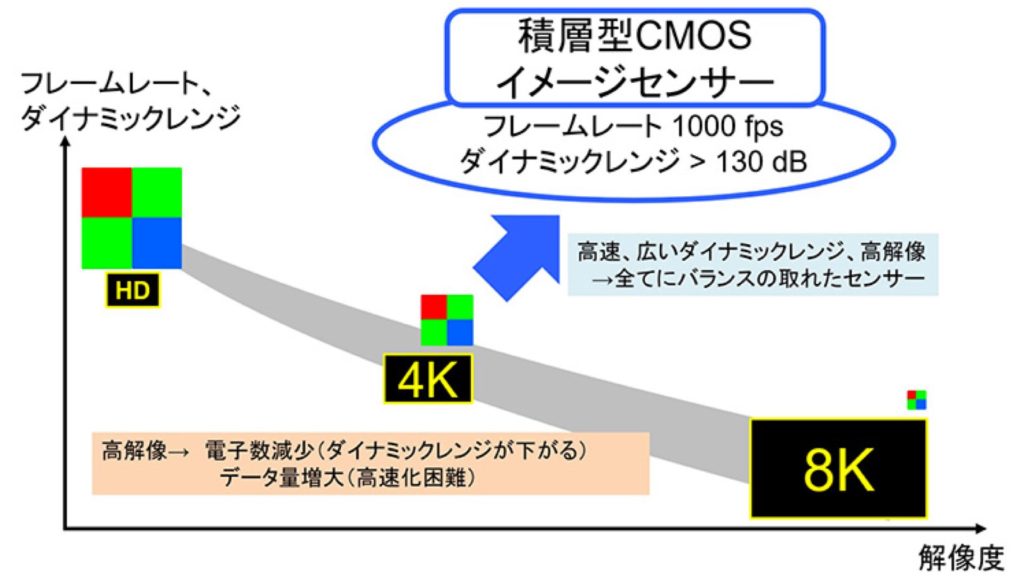
Nikon adds that it’s focused on R&D-ing image sensors that are used not only in the video field such as digital cameras and smartphones but also in various industrial fields such as automobiles. The development efforts are dedicated to achieving a high frame rate, wide dynamic range, and high resolution.
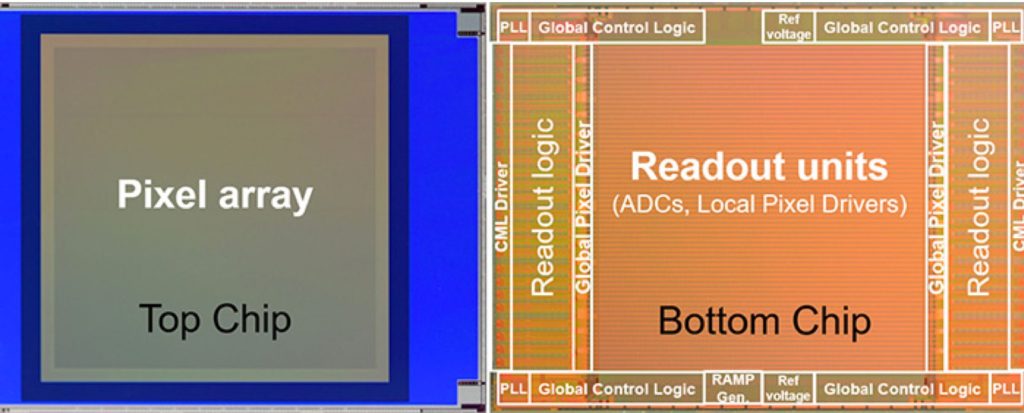
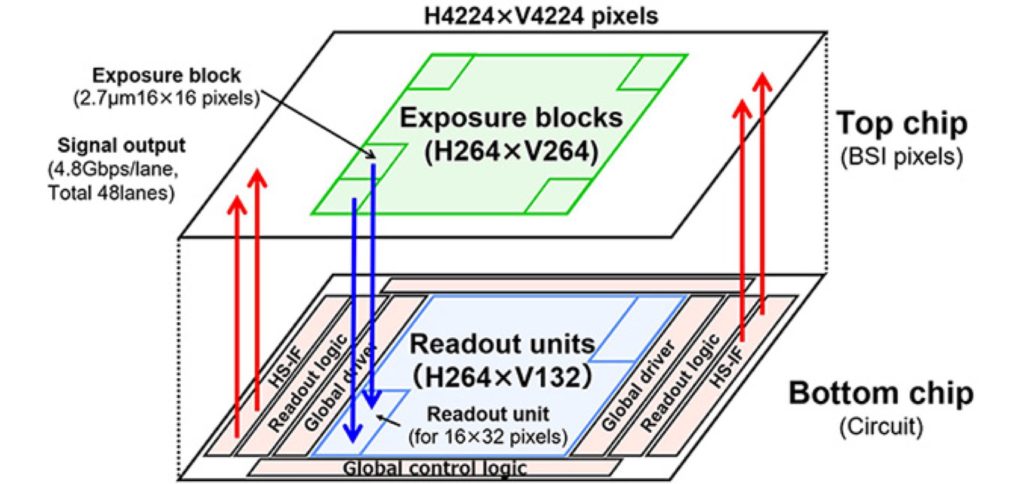
High FPS + HDR
Nikon explains that this new sensor uses a layered technology that can handle 2.7 um pixel sizes, making it possible to control the top chip with an image sensor directly from the logic circuit of the bottom chip, and despite the size of a 1-inch sensor (which is quite small compared to other high-resolution sensors), it is 4K. Furthermore, the sensor owns a wide dynamic range of 110 dB, and high-speed video recording of 1,000 FPS, due to its high-speed readout capabilities.

Moreover, Nikon provided the graphic below to show how it arranged the pixels on this sensor. With this design, Nikon says that it is possible to finely control the exposure time of these blocks from the bottom chip for each area. This allows the sensor to have a very wide dynamic range.

Summary
This new stacked CMOS image sensor could be a valid millstone for Nikon’s high-end consumer video cameras since it’ll allow Nikon to implement its own sensors. Just a reminder, the sensor inside the Nikon Z7 for instance, is made by Sony, which dominates the image sensor market regarding consumer video cameras. Furthermore, the sensor holds pretty damn good specs (4K, high FPS, and HDR). It would be nice to reveal those technical capabilities in the next flagship (Z8…?).

